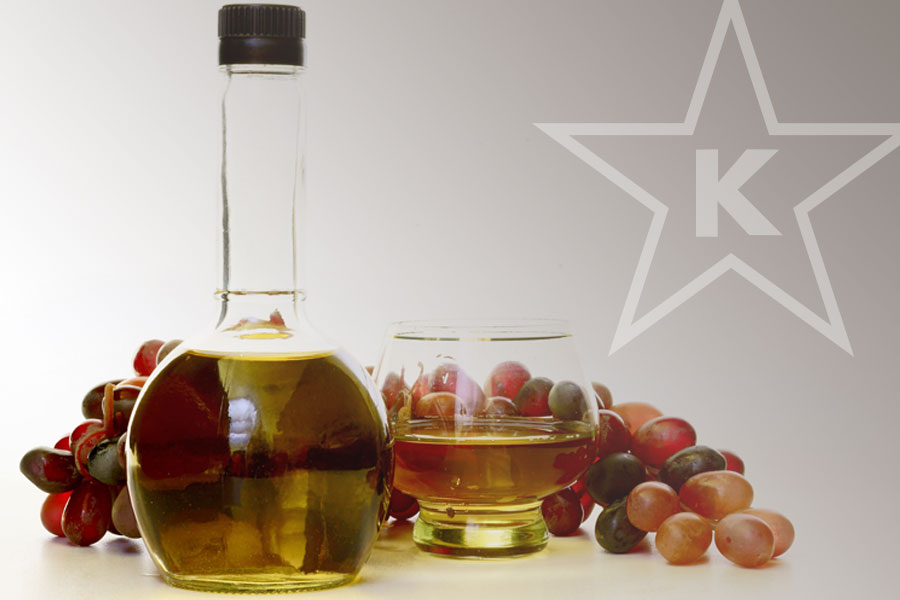According to the Torah, holy objects may not be discarded by throwing them directly into the trash. Some objects always have kedusha and must be placed in sheimos. Other objects gain kedusha once they are used for a mitzvah and need to be treated with special care.
SHEIMOS
Objects which have innate holiness, kedusha, are sheimos. This means that when discarded they must be wrapped in plastic and buried. The following objects are included in this category:
1. A Sefer Torah
2. Sefer Torah covers
3. Tefillin, tefillin bags, mezuzos and mezuzah covers
4. Siddurim and bentchers
5. Seforim, whether handwritten, printed, photocopied or downloaded and printed (e.g., Chumashim, siddurim, machzorim, seforim, Gemara, Shulchan Aruch, etc.)
6. A quote from Tanach, Chazal, Rishonim or Achronim, that has been printed or written with the intention of explaining Torah, or to teach us how to conduct ourselves according to hashkafos haTorah
7. Invitations from organizations and individuals that contain parts of […]




 STAR-D
STAR-D STAR-S
STAR-S